
- Home
- Photo Galleries
- Portrait Photography
- Landscape Photography
- Street Photography
- China
- Ethiopia
- India
- Holy Ganges
- Varanasi
- Varanasi Ganga Aarti
- Varanasi, Manikarnika Ghat
- Varanasi Streets & Alleys
- Varanasi Demolition
- Varanasi Fruit Market
- Sarnath
- Brick Kilns
- Tamil Nadu, Chennai & Mamallapuram
- Tamil Nadu, Fort Tirumayam & Madurai
- Tamil Nadu, Tiruvannamalai & Thanjavur
- Kerala, Munnar
- Kerala, Peryiar
- Kerala, Backwaters
- Kerala, Kochi
- Kazakhstan
- Myanmar
- Senegal
- Uzbekistan
- Travel Blog
- China
- Ethiopia
- India
- Tamil Nadu & Kerala
- Varanasi
- Whato to do in Varanasi
- Varanasi Life along the Ghats
- Varanasi Death along the Ghats
- Varanasi Ganga Aarti Ceremony
- Varanasi demolished to honor Shiva
- Varanasi Fruit Market
- “Varanasi, A Journey into the Infinite”
- Sarnath
- All about River Ganges
- Holy Shit. All about Indian Cow Dung
- Clean India Project
- Brick factories
- Tilaka, pundra, bindi: what is the mark on Indian foreheads?
- Kazakhstan
- Mongolia
- Ulaanbaatar, the coldest capital in the world
- What to do in Ulaanbaatar
- Chinggis Khan Museum, 6 floors of Mongolian history
- Gorkhi-Terelj National Park and Bodgkhan Natural Reserve
- Altai Mountains, Things to do in Olgii and Sagsai
- Living with the Eagle Hunters
- Sagsai Eagle Festival
- Navrus Festival
- Xöömej, Mongolian throat singing
- Mongolian Food
- Myanmar
- Senegal
- Uzbekistan
- Latest Posts
- Photography Blog
- About
- Prints
The capital of Tamil Nadu welcomes me by making things clear: there is no room for haste here. Everything takes its time – if I stop trying to plan everything, the reward is just around the corner. I am enchanted by an Odissi dance show and spend a morning among alligators and cobras in a nature reserve outside the city. Tamil Nadu can confuse your senses, and sometimes here a no can mean a yes.
Share with your friends:

In the heart of Tamil Nadu
I get to Chennai (or Madras), the capital of Tamil Nadu, in the afternoon. As soon as I leave the airport a gust of hot wind surprises me. Southern India is hot and sultry even in December: a nice change from the cold of Varanasi, in Uttar Pradesh!
Visitors to Tamil Nadu often stay a few hours in Chennai to spend more time on more interesting sites, such as Mamallapuram and Thanjavur. I decided to do the same, but now I regret it. The flight was delayed half a day due to foggy weather in Varanasi, so I now have not much time left here.
“Where are the cows?” I ask the taxi driver who is taking me downtown. “Varanasi was full of them!”. He answers there are cows in Tamil Nadu, too, but not as many. Too bad. I loved spotting cows everywhere!
I’m stuck in traffic jam for about two hours, so I have to cancel my walk to Marina Beach. When I get to Mylapore, the trendiest neighborhood in Chennai, the sun has already gone down. Kapaleeshwarar Temple is closed, I can only take a picture from the outside. You can’t visit India with the minutes counted. The times of the temples, as I will see in the days to come, do not always coincide with those indicated on the tourist guides. Yet, you can always arrange something interesting to do here.


Odissi dance
A theatre not far from the temple hosts the 2019 Dance For Dance Festival. Tonight’s show is a dance show called ‘aStree’ with Bijayini Satpathy.
The audience is dressed very grafully and you can tell by their ways they are part of Chennai’s inteligentia, the ruling class of the city. I feel ashamed having shown up in jeans and t-shirt. Tamil Nadu and Kerala are among the most cultured regions of India, and among the most developed.
Viewers dress tastefully and move with unparalleled elegance. Between acts, they sit in their seats and whisper quiet comments.
Traditionally practiced in temples as a devotional rite, Odissi dance is the oldest of seven forms of classical Indian dance. Originally from the state of Orissa in northern India, it is more than 2,000 years old and is linked to the worship of Visnu, Krishna and Shiva. During British colonial rule, the Odissi dance was opposed and suppressed by anti-dance Christian movements, because it was considered provocative and immoral, and the dancers were treated like street prostitutes. Despite this, the Odissi tradition is not dead and today we are witnessing a conscious recovery of its cultural importance. The performances that were once held in temples, today have moved to theaters.

On stage, Bijayini Satpathy is accompanied by a live band. The singer’s voice fills the room and her verses begin to tell a story, which the dancer interprets punctually. I am immediately struck by the intensity of the physical effort required.
The dancer’s body, in Odissi dance style, looks like it’s broken in two: the torso sways lightly, the arms draw delicate movements and the fingers are intertwined in elegant mudras. The legs and feet, on the contrary, violently strike the ground, beating the time. The face is also an active part of the exhibition: languid looks, mocking smiles, grimaces of pain and surprise underline every dramatic twist.
Despite the fatigue and sweat, the dancer never loses concentration and everything takes place in an enchanted atmosphere. The audience attends in silence, attracted, seduced, enchanted.


Madras Crocodile Bank
I catch another glimpse of this mysterious and exotic India the next morning.
I am on a bus heading to Mamallapuram and I take a break at Madras Crocodile Bank, about 40 km south of Chennai. It is a large reserve of reptiles, which can be visited like a common zoo, but which actually fulfils the noble task of keeping alive some of the endangered reptile species in the country.
It is supposed to be a quick visit, just to stretch my legs a bit; instead I find myself walking among large fences crowded with reptiles with powerful jaws, sharp teeth and threatening looks. The child in me must have lost track of time, because I spend at least an hour watching and admiring them, reading on large signs everything about the habitat and diet of iguanas, alligators and crocodiles. There is also a terrarium that houses Komodo dragons, cobras, buoys and other beings with forked tongues, sharp claws and vertical slit pupils.
Did you know that crocodiles can be immersed for over an hour without breathing? And that the Komodo dragon has a poisonous bite because of the bacteria that inhabit its mouth? And did you know that every year in India one million people are bitten by snakes and 50,000 die of them?

What strikes me most is the alligator fence. They are so numerous and forced to live side by side that fights break out among them to win the best position, which is on the banks of the water tank. Many specimens bear the signs of these deadly struggles: some have lost a leg, some have a large gash on the belly and some have even lost part of the snout.
Every now and then the park operators enter the pit to clean it: visitors observe the operation fascinated, with the unmistakable hope of witnessing a bloody and truculent ambush.
Obviously nothing happens, due precautions are taken. But visitors can always tell their friends home another version of the story. : -)
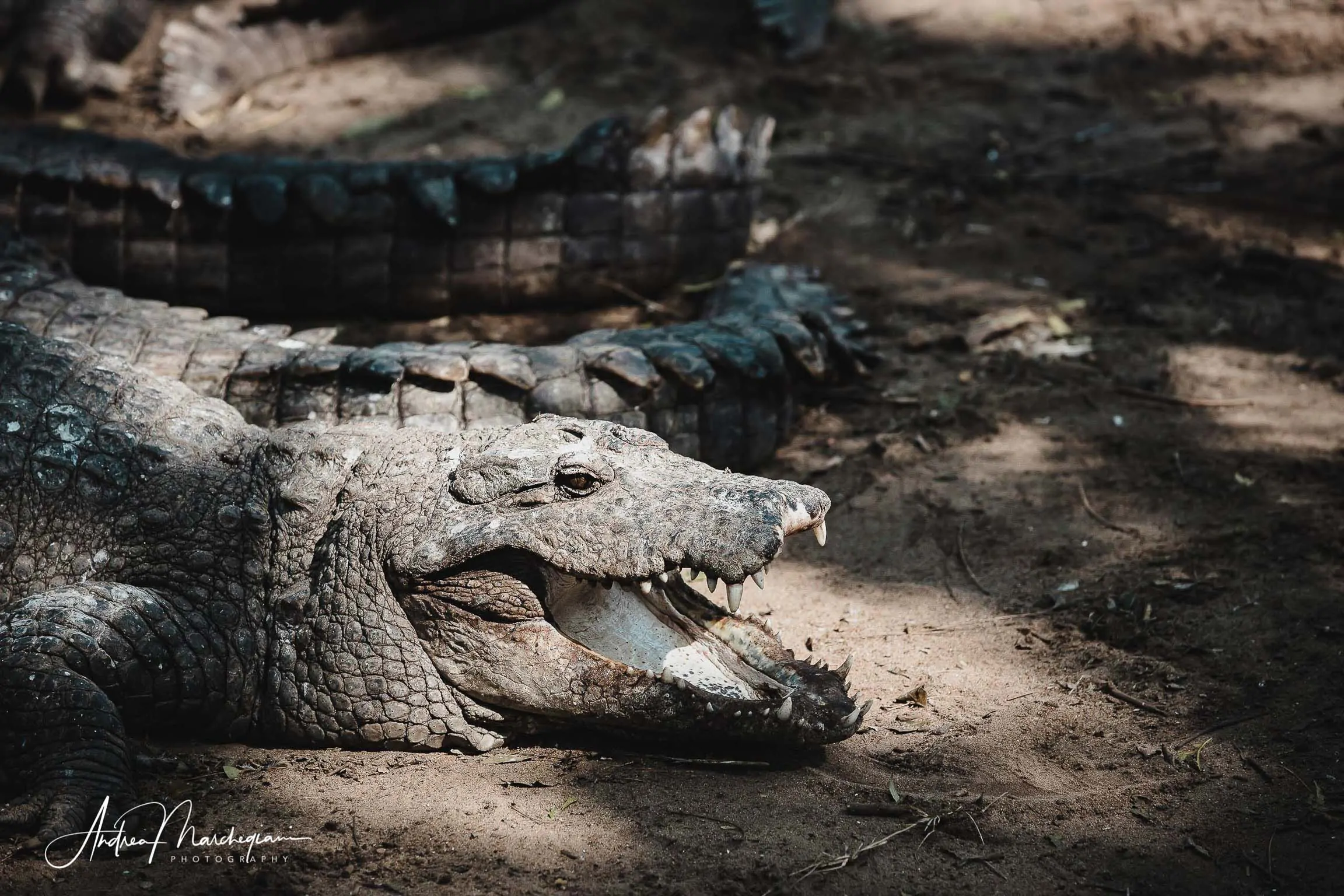
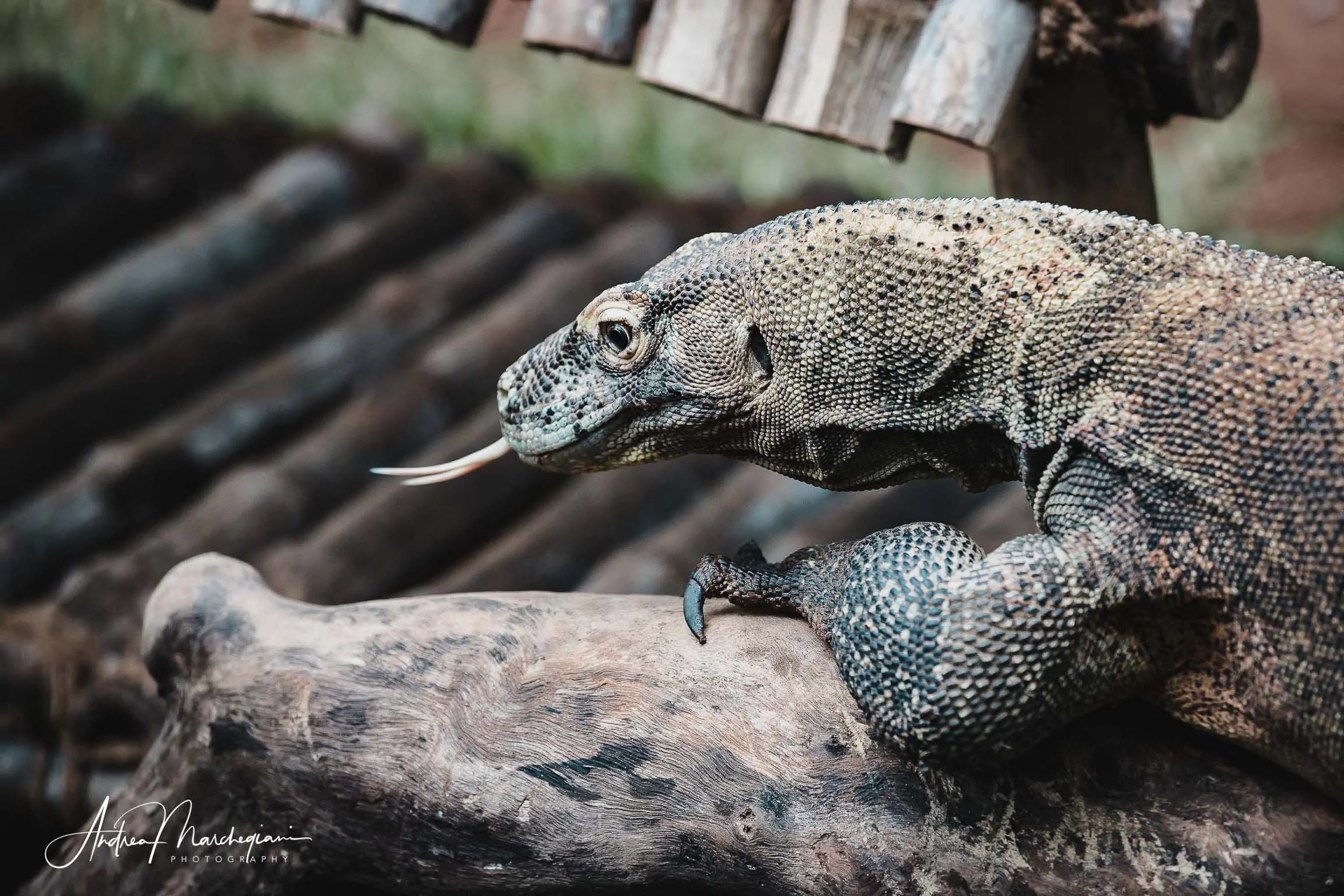
I finally get back on the bus and take the road to Mamallapuram.
“Is it still long?” I ask my driver and personal angel Pandyian. He shakes his head to say no. “Mamallapuram is close?” He shakes his head again, but it means yes this time.
In India they shake their heads to say no and swing it to say yes. An imperceptible but substantial difference. Even though I know that, I go haywire every time. The monkeys in my brain have a short-circuit. Then they burst out laughing and fall in love with this contradictory and mysterious country a little bit more.
Share with your friends:
Leave A Reply Cancel reply
This site uses Akismet to reduce spam. Learn how your comment data is processed.



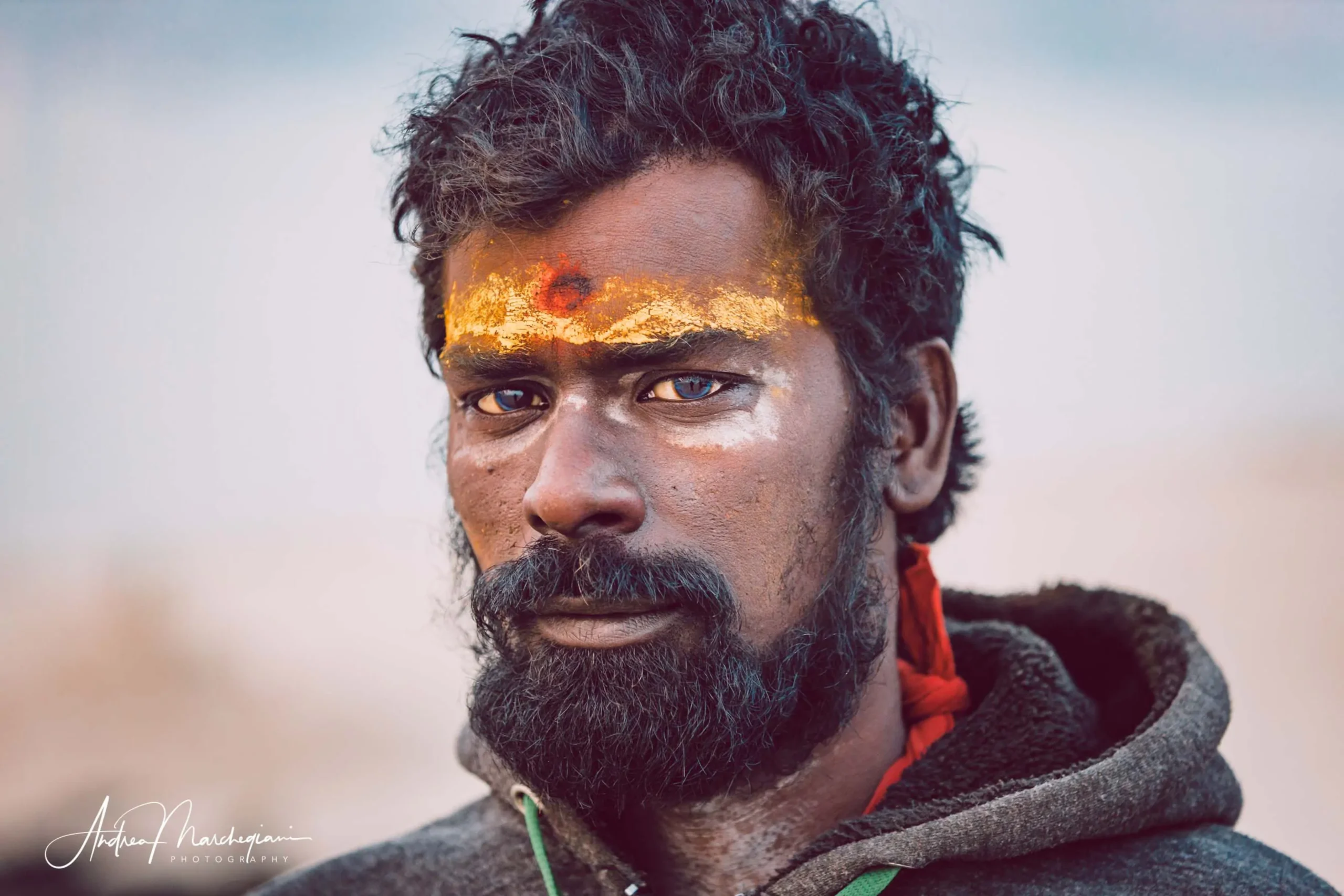
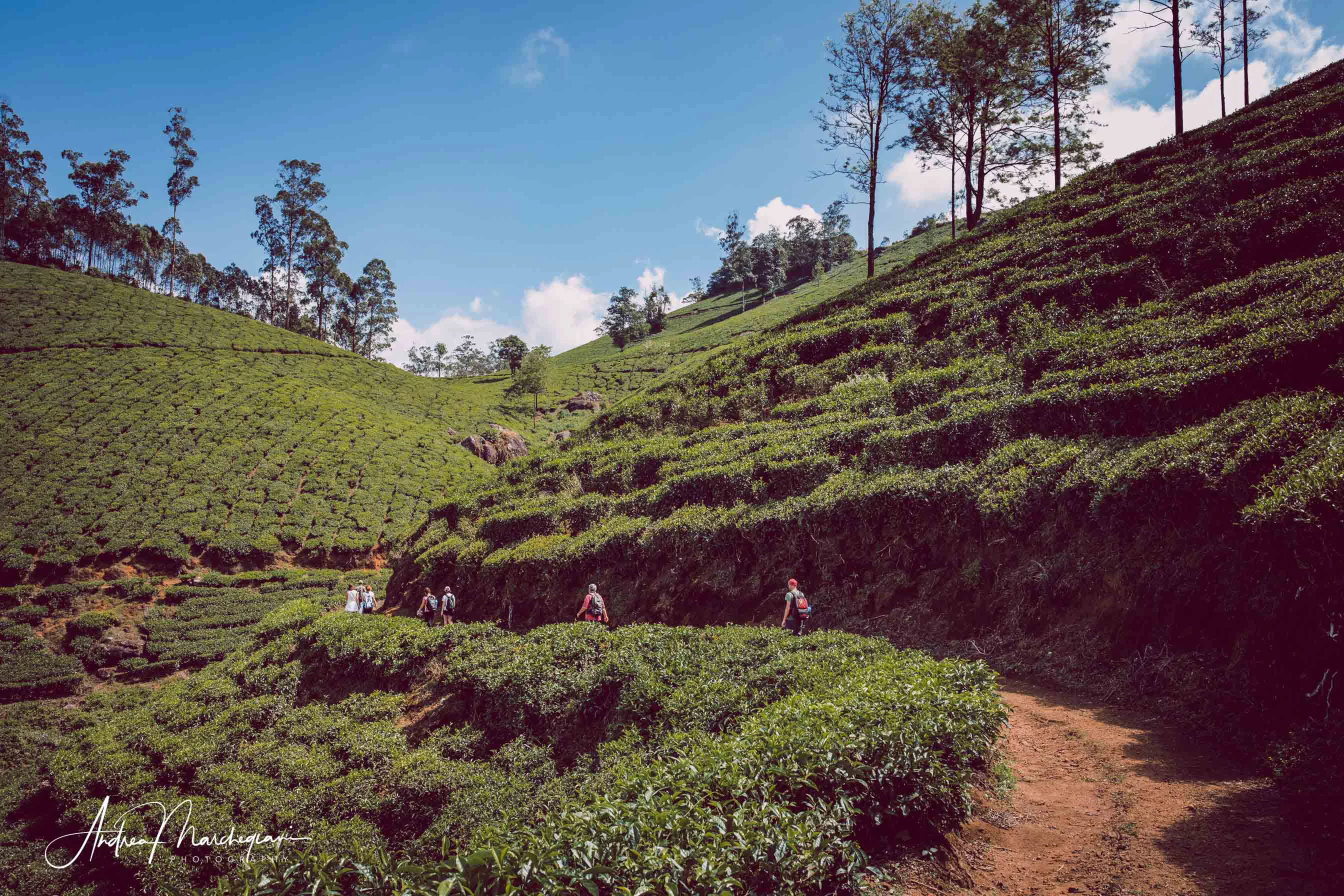
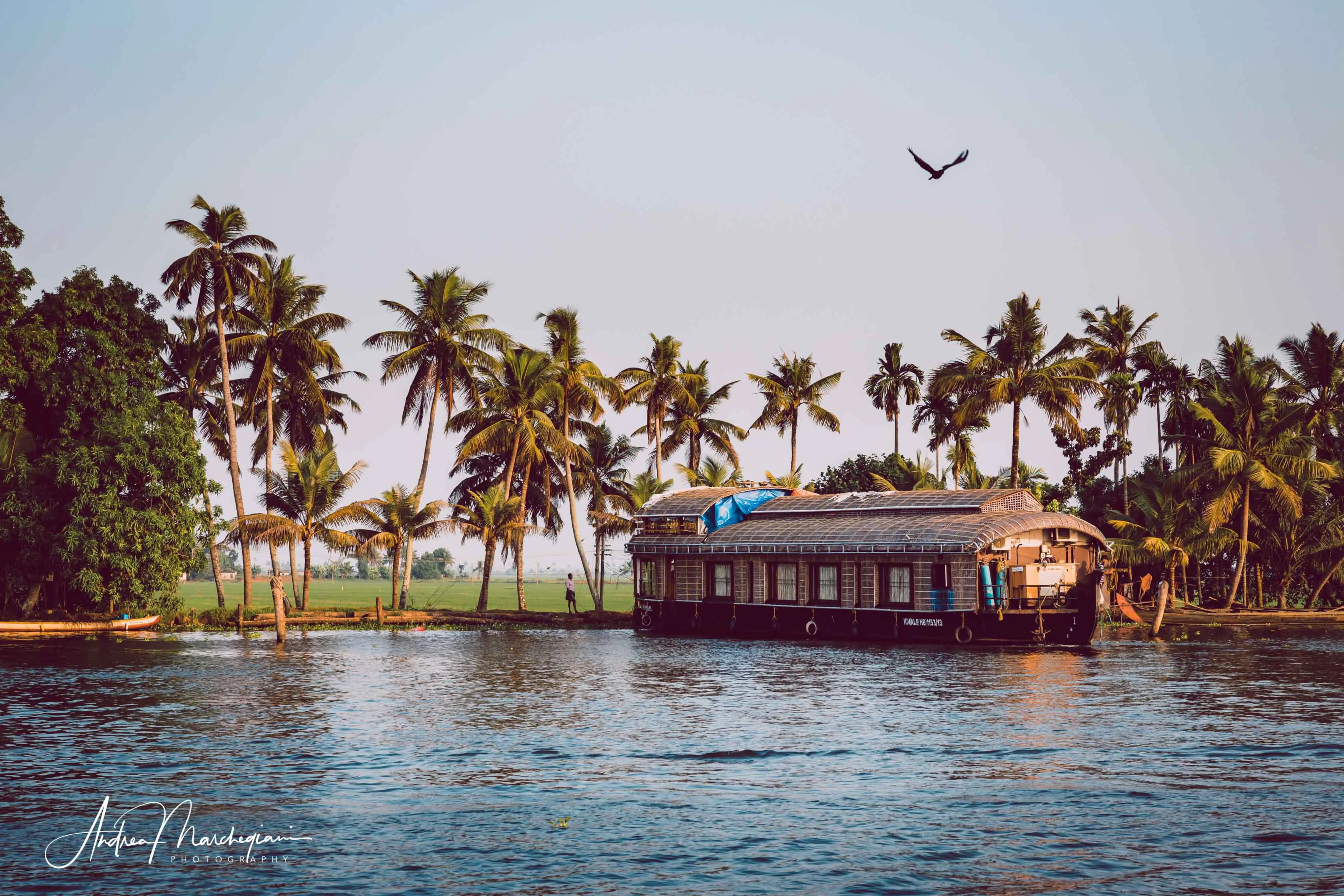
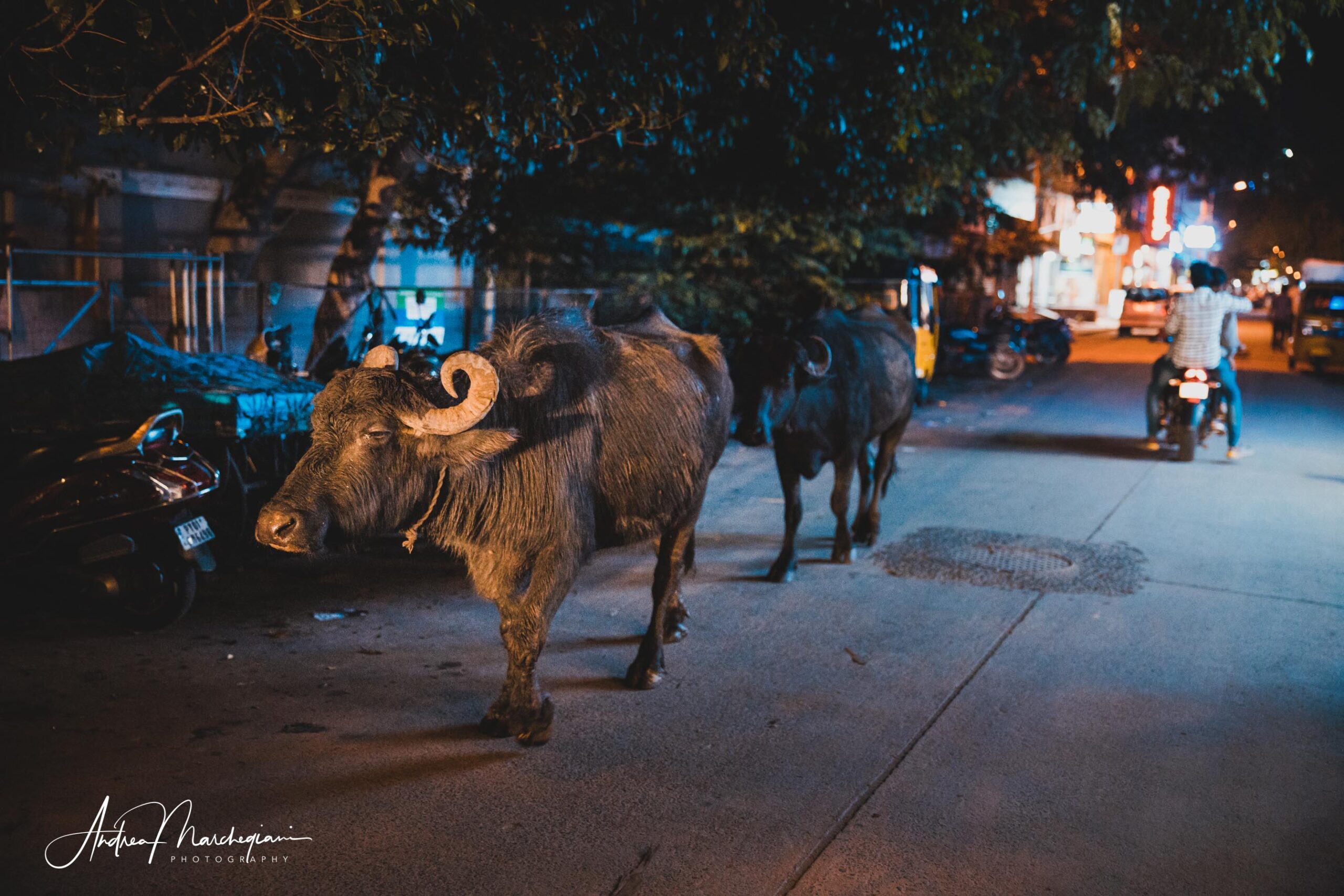











1 Comment
Very intersting information about odissi dance.